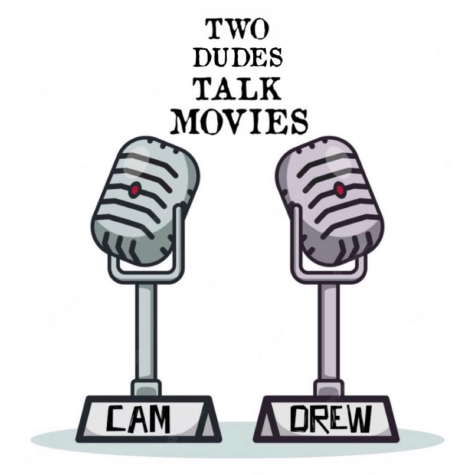Column: Internet poses troubled times for two industries
(Part 1 of 2 part series)
As the rise of online newspapers’ readership and online music suppliers becomes a force to be reckoned with, it leaves publishers and music industry CEOs asking “What is the most profitable next move to direct these markets?”
I will be the first to admit I don’t know the answer to this question, but after researching the similarities between the two markets, I feel both industries are overdue for a revival that would stem from the same solution.
According to an Oct. 26, 2009 article in The New York Times, USA newspapers felt a 10.6 percent fall in circulation from 2008-2009. The article also mentions that Sunday paper circulations fell 7.5 percent. Both of these statistics were based on an annual study done by the Audit Bureau of Circulation, which bases its results off reports submitted by several hundred papers.
The article then said that a top factor of this has been the decline of advertising revenue, which dropped 16.6 percent in 2008 and 28 percent at the time the article was published in 2009, according to the Newspaper Association of America.
This decline in advertising revenue can be summed up in two contributing main factors: more online readership, which means fewer readers seeing ads in print and less readership in the youth.
A 2007 report from World Press Trends cites that online supplements typically only generate 6 percent to 7 percent of ad revenues. This has caused publishers to create subscription fees to the paper’s online content.
These subscription fees have forced readers to choose whether getting information from these publications is the best source and financially beneficial. This causes publishers to evaluate whether the profit-increase from the online subscription fees are large enough to deter a majority of readers who like their news for free.
The music industry is also suffering economic woes as the use of Internet-based downloading companies, legal or illegal, steadily rises. According to the International Federation of the Phonographic Industry’s (IFPI) Web site, trade revenues on online music services are up 12 percent in the United States alone totaling 4.2 billion dollars in 2009.
The IFPI’s 2009 Digital Music Report states that more than 40 billion files were illegally downloaded in 2008, which totals about 95 percent of music downloads as illegal. Many easily accessible Web-based companies are also becoming the most profitable companies in the music business.
This is affirmed in the Nov. 26, 2009 issue of Rolling Stone. The article is based around the assumed concept that many music lovers no longer pay for music when it is easier to look up a torrent or MP3 file on an illegal downloading site such as Lime Wire. According to the IFPI Web site, there are more than 400 Web-based music services worldwide. The RS article also cites a study done by Nielsen SoundScan that states CD sales diminishing 14 percent in 2009.
As of now, a majority of consumers are staying away from subscription-based music providers. According to the RS article, Rhapsody watched the subscriber’s rate drop from 800,000 to 700,000 in the past two quarters when the article was published.
The RS article said that although subscription fees haven’t fully caught on to consumers, companies like Rhapsody stay afloat with only 3.7 percent of the retail market.
But, why should consumers pay for things they can get for free from the Web? This question has forced journalists and musicians alike to come up with reasons why they do their jobs day in and day out.
Journalism and music will always be around. The form may change, but they both serve the public.
It is troubled times for both industries as they face the digital age of media. Both industries suffer a declining rate whether someone was to look at circulations or album sales. The Internet is obviously the biggest contributing factor to both of these declines, but that doesn’t mean it is the only one.












































